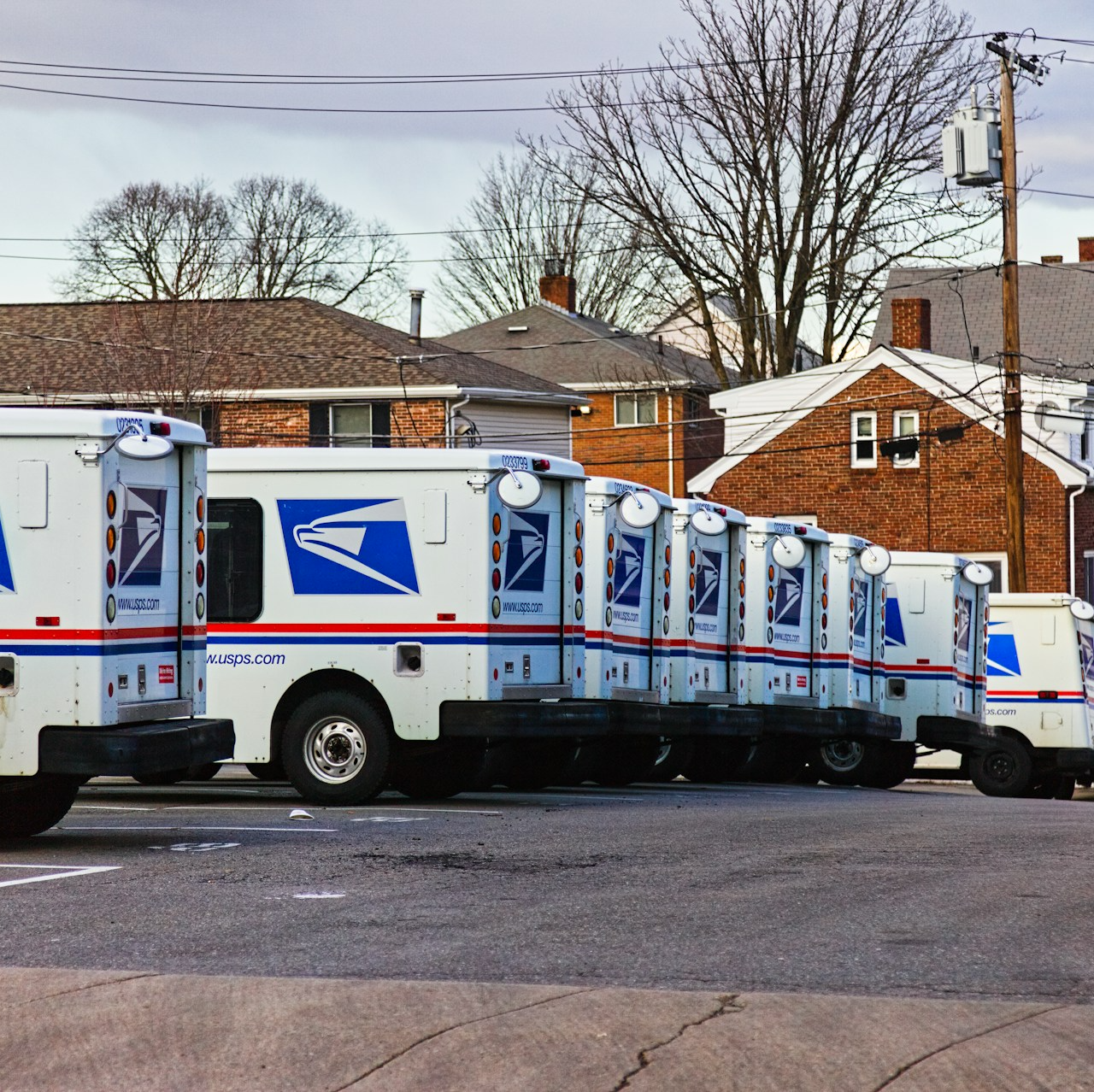Key Takeaways
-
Coinsurance under the PSHB Program in 2025 often feels straightforward until you face multiple services, specialists, and facilities that each apply separate percentage-based charges.
-
While PSHB plans generally offer affordable protection, your out-of-pocket exposure through coinsurance can rise quickly if you don’t account for deductibles, out-of-network care, or layered cost-sharing rules.
Understanding Coinsurance in PSHB Plans
In 2025, coinsurance remains a critical cost-sharing component under the Postal Service Health Benefits (PSHB) Program. Unlike copayments, which are fixed fees, coinsurance is a percentage of the cost of covered services. That might sound manageable, but in practice, it can mean unpredictable and rising out-of-pocket expenses.
With PSHB plans, coinsurance often ranges from 10% to 30% for in-network services. Out-of-network coinsurance can be significantly higher, reaching 40% or even 50%. It applies to many services including specialist visits, diagnostic imaging, outpatient surgery, and hospital stays.
What Triggers Coinsurance in Your Plan
Several common medical needs activate coinsurance under PSHB plans. These may include:
-
Hospital inpatient and outpatient services
-
Specialist consultations
-
Advanced imaging (CT, MRI, PET scans)
-
Surgical procedures
-
Emergency room treatment
-
Outpatient physical therapy or rehabilitation
-
Durable medical equipment (DME)
The moment your care involves something more than a basic office visit, coinsurance often comes into play. Even a single incident of care can rack up coinsurance obligations across multiple providers.
How Deductibles Affect Your Coinsurance Exposure
Coinsurance doesn’t begin until after you’ve met your annual deductible. In 2025, PSHB in-network deductibles typically range from $350 to $500 for low-deductible plans and $1,500 to $2,000 for high-deductible plans. Out-of-network deductibles may be much higher.
This means:
-
You must pay 100% of your medical expenses until you hit the deductible.
-
After that, coinsurance kicks in, and you pay a set percentage of each eligible cost.
-
Coinsurance continues until you reach your out-of-pocket maximum.
So, coinsurance is only part of the story. You’re still paying full charges up to the deductible first.
In-Network vs. Out-of-Network Coinsurance
Using in-network providers can significantly reduce your coinsurance obligations. That’s because:
-
In-network rates are pre-negotiated, lowering the base amount that coinsurance applies to.
-
Out-of-network rates are not capped, meaning your 40% or 50% coinsurance applies to potentially much higher billed charges.
-
Some services may not count toward your out-of-pocket limit if they’re out-of-network.
Choosing out-of-network care, even unintentionally, can lead to thousands of dollars in added costs from coinsurance alone.
Coinsurance Adds Up Fast With Multiple Services
One reason coinsurance gets expensive quickly is that it applies separately to each component of care. For example:
-
A hospital stay might involve separate coinsurance for the facility, surgeon, anesthesiologist, lab tests, and radiology.
-
A cancer treatment plan might apply coinsurance to chemotherapy, outpatient visits, imaging, and durable equipment.
Each of these services is billed independently, and coinsurance applies to each separately. Even if each one is only 20%, it adds up fast.
Annual Out-of-Pocket Maximums: Your Safety Net
In 2025, PSHB plans have in-network out-of-pocket maximums that provide a backstop against runaway coinsurance charges. These are:
-
$7,500 for Self Only
-
$15,000 for Self Plus One and Self & Family
Once you hit your plan’s maximum, the PSHB plan pays 100% of all covered, in-network services for the rest of the year. However:
-
Out-of-network charges may not count toward this limit
-
Services not covered by your plan are excluded entirely
-
You must still pay monthly premiums in addition to out-of-pocket costs
While this cap does offer financial protection, getting there can be financially stressful.
Prescription Drug Coinsurance: Another Layer to Watch
Many PSHB plans integrate a Medicare Part D plan or provide their own drug benefit with coinsurance tiers. In 2025, the out-of-pocket cap for prescription drugs is $2,000 under Part D. But you might still pay:
-
15% to 25% coinsurance for brand-name drugs
-
Higher coinsurance for specialty medications
Even with the $2,000 cap in place, upfront coinsurance payments for high-cost prescriptions can create short-term financial strain before the cap is met.
When You Also Have Medicare Part B
If you are enrolled in both PSHB and Medicare Part B in 2025, your coinsurance burden may be significantly reduced. Some PSHB plans coordinate benefits so that:
-
Medicare pays first
-
PSHB acts as secondary and may waive or reduce coinsurance
-
Deductibles might be waived when both programs apply
However, this only applies if you are enrolled in both. If you decline Medicare Part B when required, you may face full coinsurance under PSHB without that Medicare coordination.
The Risk of Surprise Coinsurance Charges
You may think you’re covered, but coinsurance can surprise you when:
-
A provider within a covered hospital is out-of-network
-
You receive services that require pre-authorization but didn’t get it
-
You use a lab or imaging center not contracted with your plan
These scenarios are common. The resulting coinsurance, on a higher-than-expected charge, can leave you owing far more than you budgeted for.
Tips to Keep Coinsurance Under Control in 2025
To keep your coinsurance costs in check, take the following steps:
-
Always verify provider network participation before receiving care
-
Use plan tools to estimate costs ahead of time
-
Request generic medications whenever possible
-
Coordinate with Medicare Part B if you are eligible
-
Keep track of your deductible and out-of-pocket max to understand where you stand
Being proactive helps reduce financial surprises and allows you to budget more confidently.
How Coinsurance Affects Your Budget Planning
Even if you rarely need care, coinsurance should be factored into your annual financial planning. This is especially true if you:
-
Live with a chronic condition
-
Have an upcoming surgery or specialty care
-
Are supporting multiple dependents under one family plan
While premiums are predictable, coinsurance introduces financial uncertainty. One unexpected event can expose you to thousands in out-of-pocket costs, despite having insurance.
When Coinsurance Might Be a Red Flag
Some plans lower monthly premiums but offset them with higher coinsurance. In 2025, if your plan:
-
Has coinsurance above 30% for basic in-network services
-
Requires separate coinsurance for labs, imaging, and specialists
-
Applies coinsurance before reaching deductible
It might be time to reconsider whether it fits your care needs and financial tolerance. Higher coinsurance doesn’t always mean lower overall costs.
What to Review During the Next PSHB Open Season
During the November to December 2025 Open Season, evaluate your coinsurance terms carefully. Review:
-
The exact percentage for in-network and out-of-network coinsurance
-
Whether you can afford the deductible before coinsurance applies
-
What services trigger additional coinsurance
-
Whether your providers are in-network
-
The annual out-of-pocket maximum and whether it includes pharmacy costs
Coinsurance is one of the most overlooked areas during plan comparisons. Don’t let its simplicity fool you.
Why Knowing Your Coinsurance Could Save You in 2025
Coinsurance is one of the key cost-sharing terms that impacts real-life affordability. In 2025, more PSHB enrollees are becoming aware of how much financial weight it carries, especially when health events unfold across multiple services or specialists.
If you want to truly understand how much you’ll pay out of pocket, coinsurance should be a top priority in your plan evaluation. It’s not just a percentage on paper. It’s the portion of your care you’re financially responsible for.
For personalized support in evaluating your PSHB options and understanding your coinsurance exposure, get in touch with a licensed agent listed on this website.











